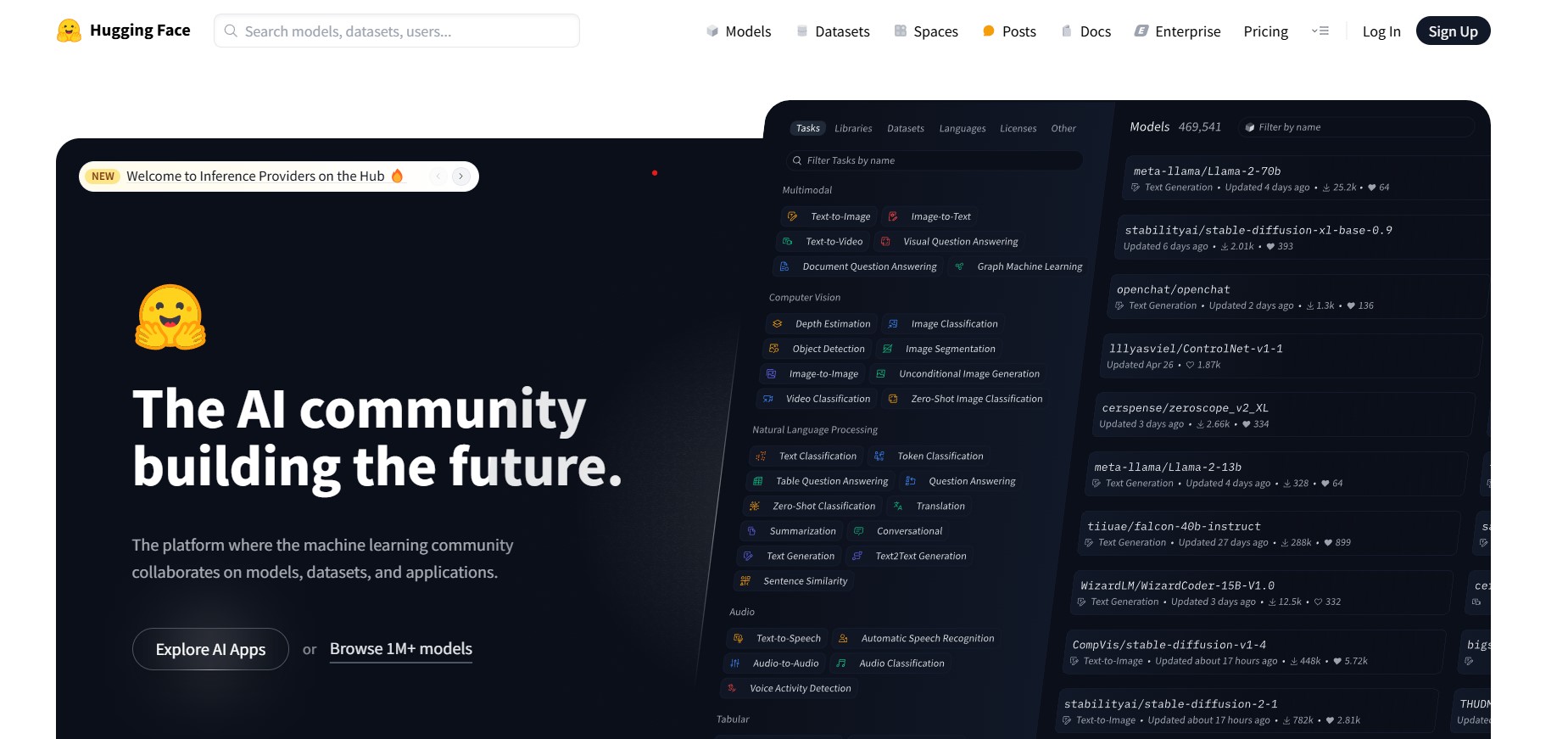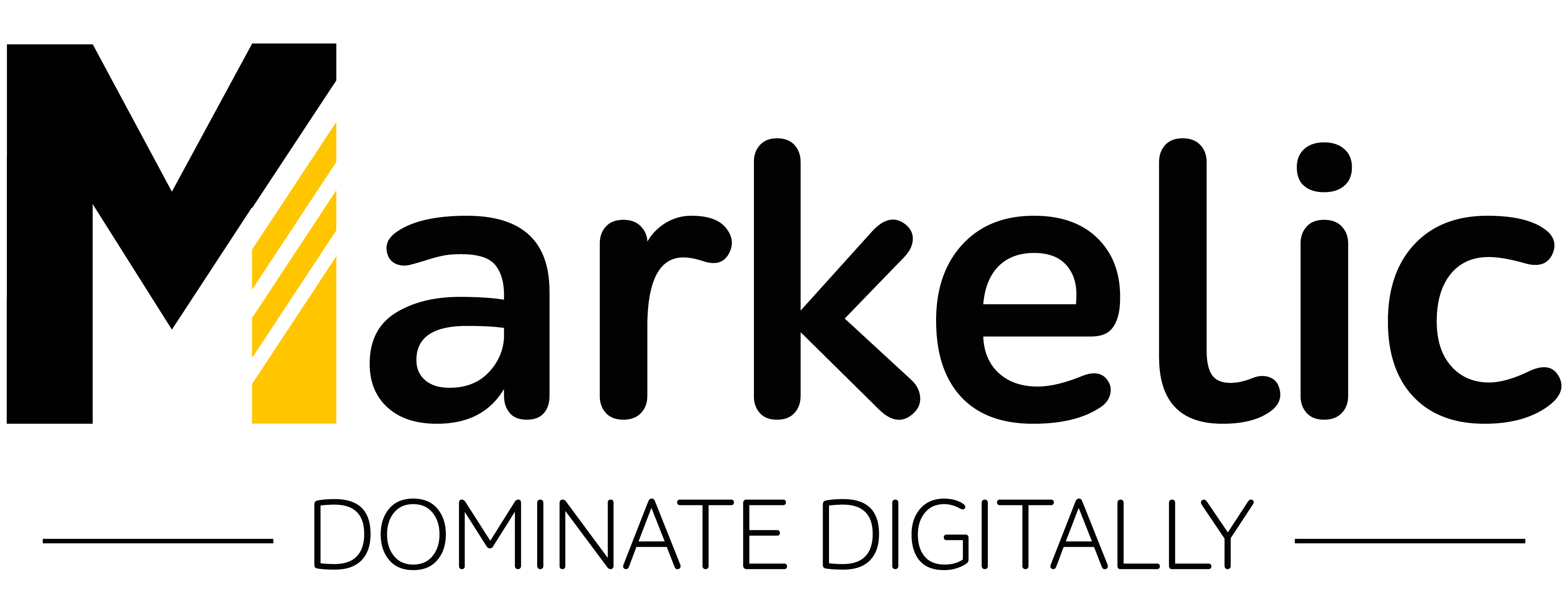Lumina Brush AI Hugging Face Review
Artificial intelligence is no longer a futuristic dream—it’s here, shaping industries and changing how we interact with technology. And if you’re in the world of AI, machine learning, or NLP, you’ve undoubtedly come across Hugging Face. It has grown from a simple chatbot app into one of the most influential AI platforms, offering open-source models, state-of-the-art libraries, and a vibrant developer community.
In this Lumina Brush AI Hugging Face Review, I’ll walk you through everything you need to know about this game-changing platform. From its core features to its impact on AI development, you’ll discover why Hugging Face is the go-to resource for machine learning enthusiasts and professionals alike.
What is Hugging Face?
Hugging Face isn’t just a quirky name; it’s a powerhouse in the AI world. Originally designed as a chatbot, it quickly pivoted to become a leader in machine learning and NLP. Today, it provides developers with a comprehensive suite of AI tools, making cutting-edge models more accessible.

At its core, Hugging Face bridges the gap between AI research and real-world applications. Whether you’re a developer fine-tuning AI models for industry use or a researcher exploring NLP innovations, Hugging Face offers the tools to make it happen.
This Lumina Brush AI Hugging Face Review will explore the platform’s standout features, from the Transformers Library to its Model Hub, helping you understand how to maximize its potential for your projects.
Read More: Why Is the DeepSeek Server Always Busy and How Can You Fix It?
Key Features of Hugging Face
Hugging Face stands out because of its comprehensive set of tools designed to simplify AI development. Here are its most important features:
1. The Transformers Library
The Transformers Library is the backbone of Hugging Face. It provides thousands of pre-trained models optimized for NLP tasks such as:
- Sentiment analysis
- Machine translation
- Text generation
- Named entity recognition
These models include BERT, GPT-4, RoBERTa, and domain-specific variations like BioBERT (for biomedical applications) and FinBERT (for financial data processing). The library supports both TensorFlow and PyTorch, making it easy to integrate into any machine-learning workflow.
2. The Datasets Library
Data is the lifeblood of AI, and Hugging Face’s Datasets Library makes accessing and sharing datasets seamless. With over 1,000 datasets available, it simplifies data preprocessing, helping developers fine-tune their models efficiently.
Whether you’re working on LLMs, sentiment analysis, or language translation, this library ensures you have access to high-quality data for training AI models.
3. The Tokenizers Library
Tokenization is a crucial step in NLP, breaking down text into smaller units for processing. Hugging Face’s Tokenizers Library is optimized for speed and efficiency, supporting a wide range of languages and text formats.
This feature significantly reduces preprocessing time, making it easier for developers to train AI models without bottlenecks.
4. The Model Hub
Imagine having access to over 100,000 pre-trained AI models—that’s exactly what the Model Hub offers. Whether you need a Hugging Face image generator, text summarization model, or LLM dataset, the Model Hub provides easy access to cutting-edge AI solutions.
Users can search, upload, and fine-tune models, making it a crucial tool for developers looking to leverage existing AI technology for specific applications.
5. Hugging Face Hub
The Hugging Face Hub enhances collaboration by allowing developers to host, deploy, and manage models seamlessly. This tool enables effortless model deployment, reducing the need for complex infrastructure management.
With an active community contributing to open-source AI projects, the Hugging Face Hub has become a central hub for AI innovation.
6. Inference API
Deploying AI models can be challenging, but Hugging Face’s Inference API simplifies the process. This API allows users to integrate pre-trained models into real-world applications without managing backend infrastructure.
From text generation to image recognition, the Inference API makes AI accessible to businesses, startups, and developers looking for a hassle-free deployment solution.
7. Spaces
Hugging Face Spaces provides an interactive platform where developers can share and demo AI applications. Built on top of the Model Hub, it encourages collaboration and community engagement, helping developers showcase their work and receive valuable feedback.
Why is Hugging Face a Game-Changer?
Hugging Face is more than just an AI platform—it’s a movement. By making AI models open-source and accessible, it has revolutionized how developers and businesses implement AI.
Read More: Genny LOVO AI Voice Generator Review
Here’s why it’s a game-changer:
Access to State-of-the-Art Models – From GPT-4 to BERT, Hugging Face provides cutting-edge AI tools at your fingertips.
User-Friendly Libraries – No need to build AI models from scratch; Hugging Face simplifies AI development.
Thriving Developer Community – With over 100,000 developers and researchers, collaboration is at the heart of Hugging Face.
Seamless Integration – Hugging Face works effortlessly with TensorFlow, PyTorch, and other AI frameworks.
Fine-Tuning Capabilities – Easily adapt pre-trained models for domain-specific applications.
This Lumina Brush AI Hugging Face Review highlights how the platform’s tools empower developers to create and deploy AI solutions with minimal effort.
Are There Any Downsides?
While Hugging Face is a powerhouse, it does have a few limitations:
Resource-Intensive Models – Some AI models, especially large transformers like GPT-4, require significant computing power.
Potential Model Bias – Pre-trained models can inherit biases from training data, which may impact fairness and accuracy.
Learning Curve for Beginners – While user-friendly, understanding advanced features may take time.
However, these challenges don’t diminish Hugging Face’s overall impact on AI accessibility and innovation.
Final Thoughts: Is Hugging Face Worth Using?
Absolutely. Hugging Face has transformed the AI landscape, making machine learning accessible to developers, researchers, and businesses worldwide. Whether you’re fine-tuning a model for a specific industry or deploying an AI-powered application, Hugging Face provides the tools and community support needed to succeed.
This Lumina Brush AI Hugging Face Review proves that if you’re serious about AI and NLP, Hugging Face is the platform you need. With its open-source ethos, powerful libraries, and thriving developer ecosystem, it remains the leading AI resource in today’s digital era.
So, are you ready to embrace the future of AI? Hugging Face is here to make it happen.
Tag:
- AI deployment
- AI development
- AI innovation
- AI libraries
- AI model hub
- AI research
- AI tools
- deep learning
- Hugging Face AI
- Hugging Face community
- Hugging Face features
- Hugging Face platform
- Lumina Brush AI Hugging Face Review
- machine learning
- model fine-tuning
- natural language processing
- NLP models
- open-source AI
- pre-trained models
- transformers library


